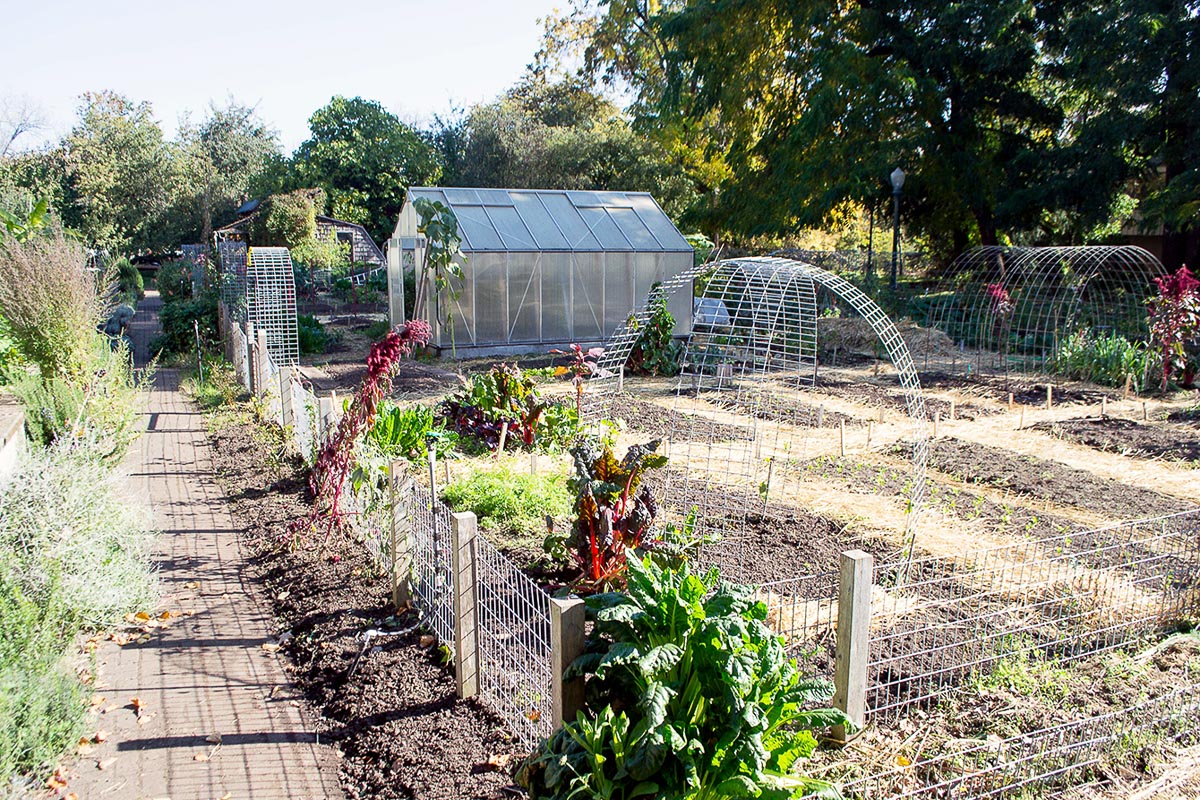The Ultimate Guide To City Blooming
The Ultimate Guide To City Blooming
Blog Article
Top Guidelines Of City Blooming
Table of ContentsCity Blooming Things To Know Before You Get ThisSome Ideas on City Blooming You Should KnowThe Best Strategy To Use For City BloomingThe 9-Minute Rule for City BloomingCity Blooming Can Be Fun For Anyone
Intrigued in expanding food available for sale in the City of Chicago? Thinking concerning beginning a neighborhood garden? Modifications to the Chicago Zoning Ordinance enable agricultural uses like neighborhood yards and city ranches in lots of parts of the city. Below is a list of frequently asked inquiries regarding the policies and policies that farmers must take into consideration when preparing a city agriculture project.
The zoning change does not customize any type of other codes managing composting, building licenses, acquiring or leasing City possessed home, business licenses or ecological contamination. There are existing codes that regulate these problems and they stay in full impact and might be relevant to your project. Area yards are usually possessed or handled by public entities, public companies or community-based organizations and preserved by volunteers.
Urban ranches expand food that is intended to be sold, either on a not-for-profit or for-profit basis. Due to their business purpose, metropolitan farms require a company permit.
Some Known Incorrect Statements About City Blooming
The quantity of garden compost material can not exceed 25 cubic backyards at any provided time according to the requirements in 7-28-715 of the City's Municipal Code. Since the soil at many new yard websites requires modifying, garden compost, dirt, timber chips, or various other materials can be obtained to construct or improve the growing area.

If a structure license is called for after that the hoophouse will be considered an accessory building. You can figure out more concerning the structure license needs by getting in touch with the Division of Buildings. The 25,000-square-foot size restriction is intended to stop a single area garden from dominating a given block or interfering with the block's existing property or commercial personality.
The restriction does not use to yards situated in Public Open Area (POS) areas. Can there be even more than one area garden that is 25,000 square feet on a solitary block? Fencing is not needed, nevertheless, yards that have large auto parking locations might be called for to set up secure fencing or various other landscape design attributes.
Indicators on City Blooming You Need To Know
B1 & B2 areas require that all commercial use tasks be conducted indoors. Is secure fencing required for urban ranches? Fences may be called for, along with landscape design and screening, for particular car parking locations and exterior work or storage locations depending on place and the particular activity taking location.
Urban farms require structure licenses and zoning approvals prior to construction (urban gardening). Various other types of city review might be needed depending on particular frameworks, tasks, dimension, landscaping, licensing, public health and see this stormwater administration concerns.
The Department of Company Matters and Customer Defense can aid determine the certain type of company certificate that's called for. Off road car parking is needed for most industrial tasks in Chicago. The called for number of car park areas is based on the number of workers functioning on site and not the square video of the growing area.
8 Simple Techniques For City Blooming

Yes. A metropolitan ranch can sell garden compost product produced on website, nonetheless, the procedure needs to abide by the policies in 7-28-715 of the Chicago Municipal Code. Yes. Aquaponic systems are enabled indoors on city farms in numerous zoning areas. However, a zoning evaluation and structure license is needed in order to install structures or systems and a company certificate is needed as defined above.
Up to five hives or swarms of honey may be maintained as an accessory usage. Nevertheless, beekeepers should register with the Illinois Division of Agriculture. To learn more regarding the proposed zoning modification you may call the Division of Housing and Economic Development, Bureau of Preparation and Zoning at 312.744.8563.
Farming in cities and urban locations An urban farm in Chicago. Urban farming describes different practices of cultivating. https://canvas.instructure.com/eportfolios/2986028/Home/City_Gardening_A_Green_Oasis_in_the_Concrete_Jungle, processing, and distributing food in metropolitan locations. The term also puts on the area tasks of animal husbandry, tank farming, beekeeping, and horticulture in an urban context. Urban farming is differentiated from peri-urban farming, which occurs in rural locations beside suburbs.
Not known Details About City Blooming
It can include an activity of natural farmers, "foodies" and "locavores", that look for to develop social networks based on a common values of nature and neighborhood holism. These networks can establish by means of official institutional assistance, becoming integrated right into local town as a "transition community" activity for lasting urban development.
Some of the initial proof of urban farming comes from Mesopotamia.
Report this page